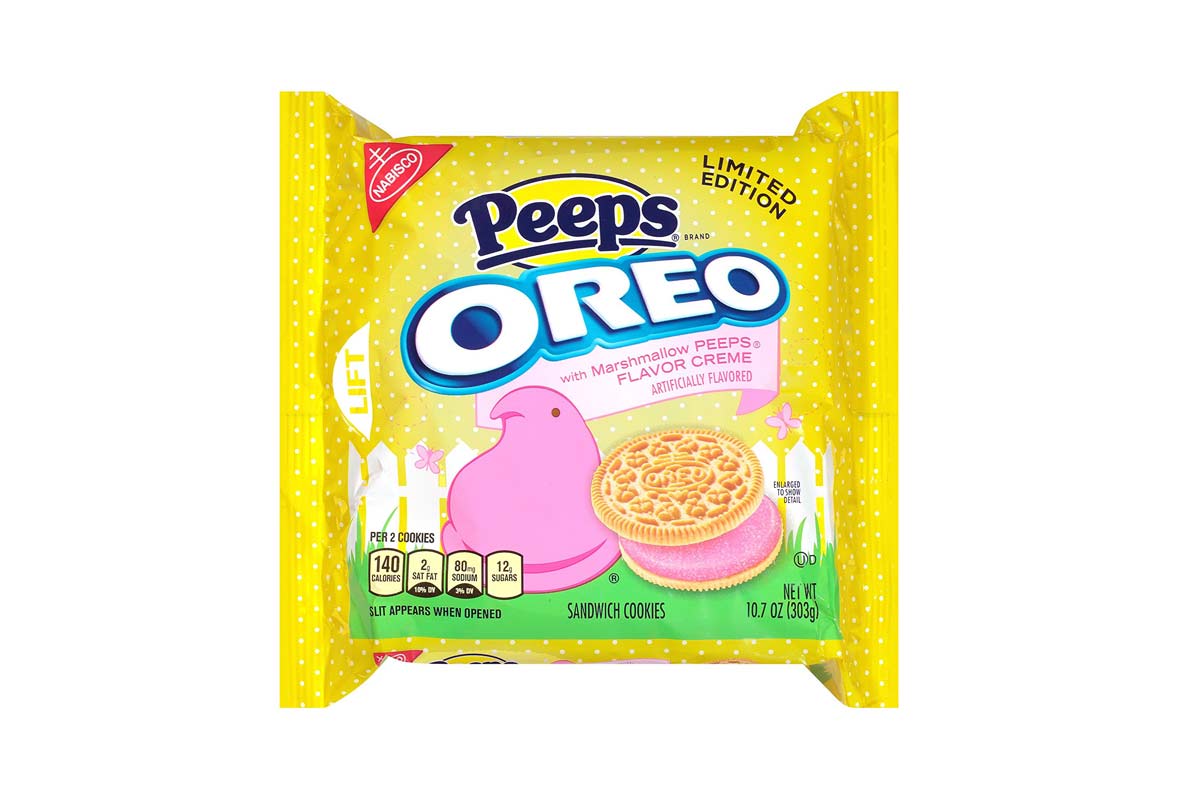Why Do Peeps Oreos Turn Poop Pink?

Easter eggs aren't the only things that are turning pink this spring: Some people are reporting that the special-edition "Peeps-flavored" Oreo cookies are turning their poop pink.
The Peeps-themed Oreos have a bright pink cream filling that contains a dye, FD&C Red No. 3, according to The Huffington Post. The cream's color, sandwiched between two vanilla cookies, is similar to the color of the iconic marshmallow treats that are especially popular around Easter.
But how does the dye go from a colorful cookie to a perhaps unwanted pink stool? [5 Things Your Poop Says About Your Health]
The food dye used to make these Oreos isn't broken down in the body during digestion, said Dr. Ian Lustbader, a gastroenterologist and clinical associate professor of medicine at New York University's Langone Medical Center in New York.
Most compounds found in food are chemically broken down as they pass through the body's digestive system, Lustbader told Live Science. But depending on the molecule, some things may not be "amenable" to being broken down, he said.
As these Oreos pass through the system, the pink coloring would initially be diluted to a lighter color, as it mixed with stomach fluid and other liquids in the digestive tract, Lustbader said. But once it gets down to the colon, the excess water is removed and reabsorbed by the body, he said. That's when the color could get more concentrated, going from a lighter pink to a darker pink, he said.
This wouldn't affect the colon, he added.
Sign up for the Live Science daily newsletter now
Get the world’s most fascinating discoveries delivered straight to your inbox.
But eating just a cookie or two isn't going to turn your poop pink, Lustbader said. "It's certainly going to take more than one or two," he said. And if a person is going to eat a bunch of cookies, the sugar and the fat is probably more dangerous for their health than the food dye, he said.
Lustbader noted that he recommends trying to avoid artificial colors where possible, and instead look for natural colors. Some studies done with cells in lab dishes have suggested a link between certain food dyes and DNA damage, he said.
Other foods can also color a person's poop, Lustbader said. One common example is beets, which are known to turn poop pink or red.
The color should pass after one or two bowel movements, Lustbader said. But if the red color remains, it could be a sign of something more serious, such as bleeding, he said. Indeed, the color of a person's poop can signal certain health problems, including gastrointestinal bleeding or liver problems, he said.
"It's certainly reasonable to look at your poop," Lustbader said. And if people ever have any questions about the color of their stool, they should certainly talk to to their doctor, he said.
Editor's Note: This article was updated on March 7 to include information on possible health risks linked to food dyes.
Originally published on Live Science.












